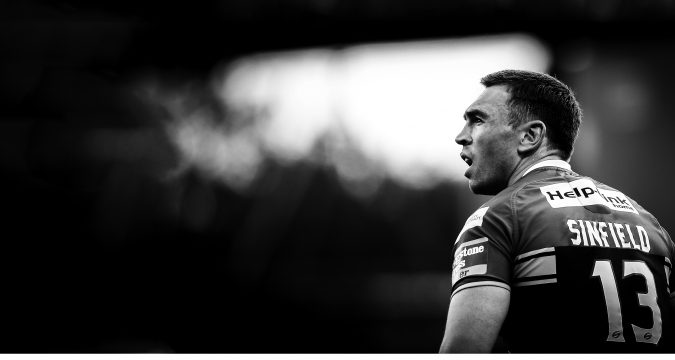 It is no longer a great surprise to glance at a Super League team sheet and see three props named in the starting line-up.
Indeed, the trend of kicking off with a front rower in the loose forward position has been a growing one for a number of years, and this season alone we’ve seen the likes of Chris Hill, Dom Crosby and Brad Singleton selec
It is no longer a great surprise to glance at a Super League team sheet and see three props named in the starting line-up.
Indeed, the trend of kicking off with a front rower in the loose forward position has been a growing one for a number of years, and this season alone we’ve seen the likes of Chris Hill, Dom Crosby and Brad Singleton selec Rugby League World Exclusive – Loose Forwards
 It is no longer a great surprise to glance at a Super League team sheet and see three props named in the starting line-up.
Indeed, the trend of kicking off with a front rower in the loose forward position has been a growing one for a number of years, and this season alone we’ve seen the likes of Chris Hill, Dom Crosby and Brad Singleton selec
It is no longer a great surprise to glance at a Super League team sheet and see three props named in the starting line-up.
Indeed, the trend of kicking off with a front rower in the loose forward position has been a growing one for a number of years, and this season alone we’ve seen the likes of Chris Hill, Dom Crosby and Brad Singleton selec 